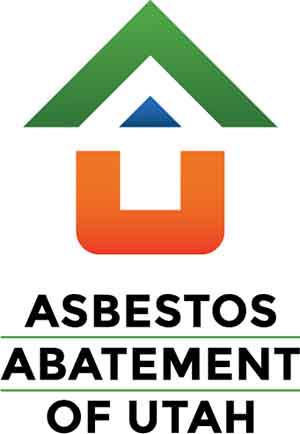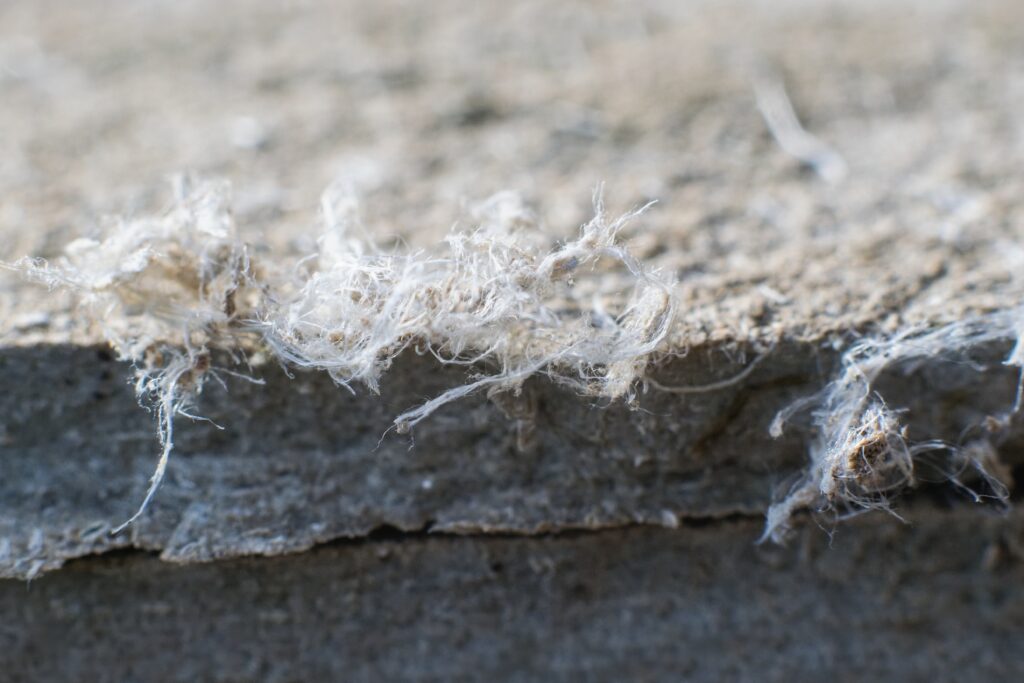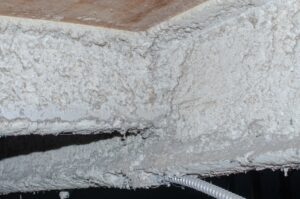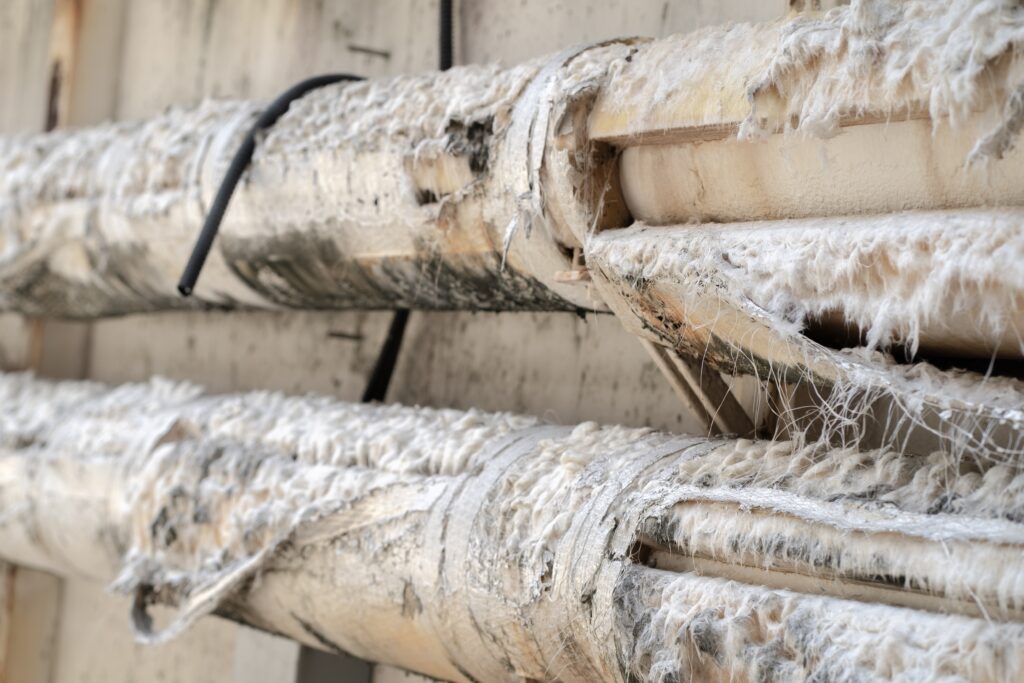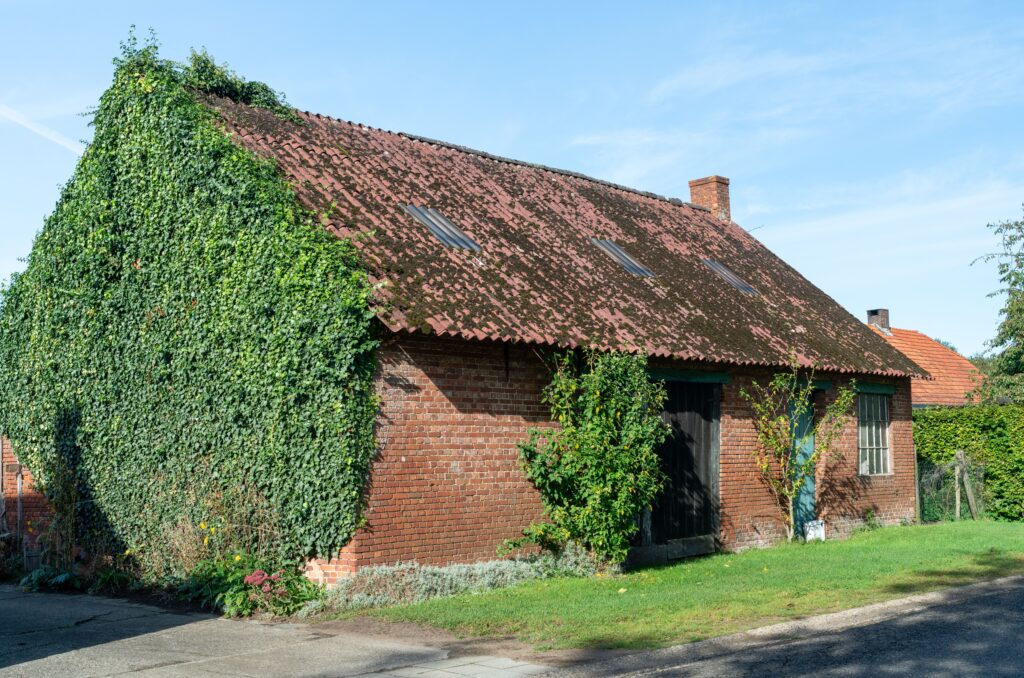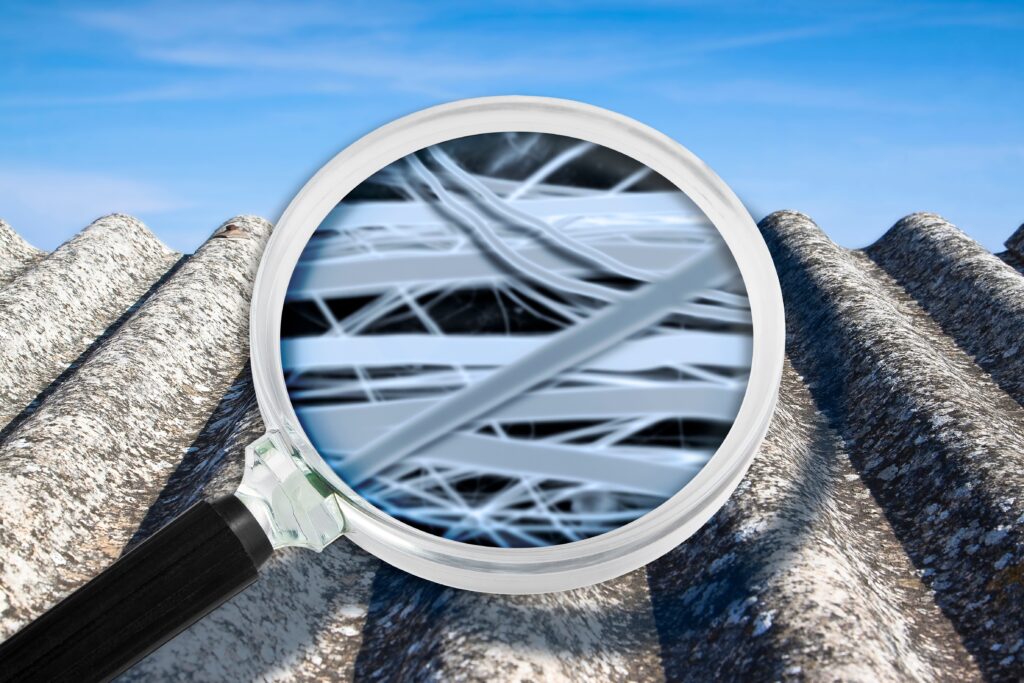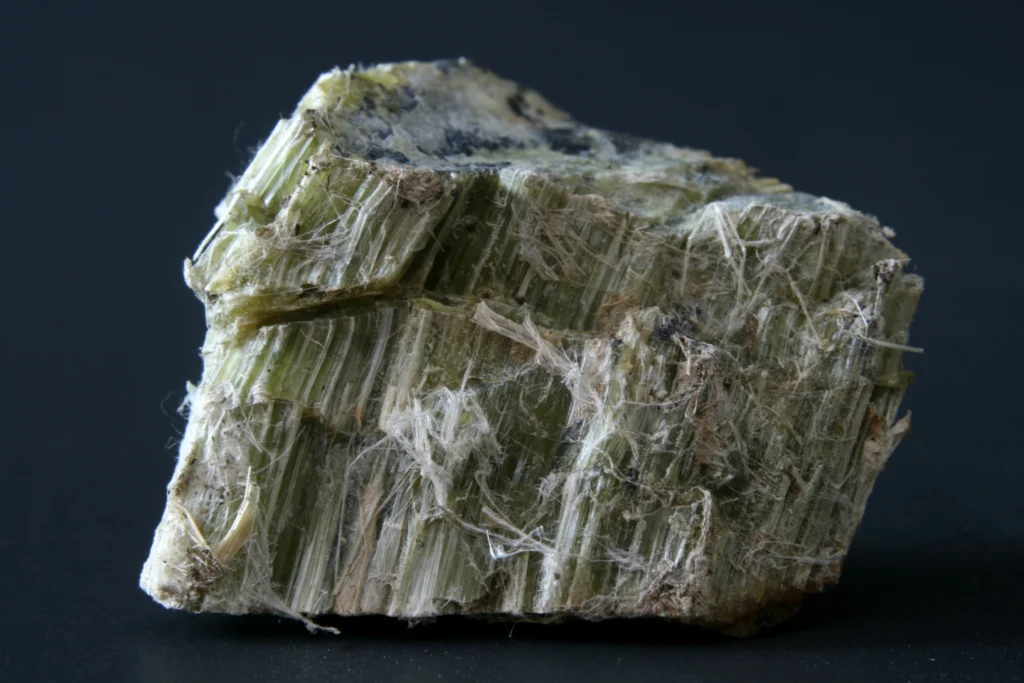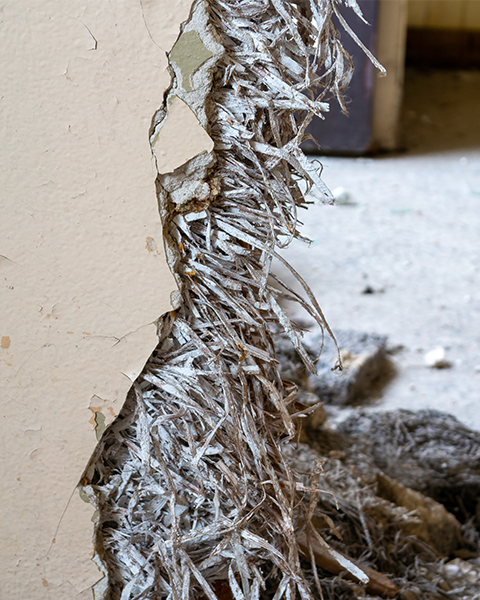Recognize Signs of Asbestos in Your Commercial Building
How to Recognize Tell-Tale Signs of Asbestos in Your Commercial Building
Commercial properties built before the 1980s often contain hidden hazards that, if left unattended, can place building occupants and property managers at significant risk. Among these hazards, asbestos remains one of the most pervasive and insidious. Any decision regarding renovation, demolition, or routine maintenance in a commercial setting should begin with an assessment for asbestos-containing materials (ACMs).
Understanding the presence, risks, and indicators of asbestos is not simply a technical obligation but a legal and ethical one for property managers and business owners. This article offers a comprehensive overview of common signs of asbestos in commercial properties, providing Utah property decision-makers with essential information for safer facilities management.
Read on to understand:
- Where asbestos is most likely to be found, including specific materials such as asbestos tiles, siding, flooring, shingles, and popcorn ceilings
- The historical use and visual cues of asbestos-containing materials
- Why only certified professionals should conduct asbestos abatement
- The steps to take if you suspect the presence of asbestos in a commercial building
A Brief Historical Overview of Asbestos Usage in Commercial Construction
The use of asbestos in American commercial architecture reached its zenith in the mid-20th century. Prized for its fire resistance, tensile strength, and sound absorption qualities, asbestos was incorporated into a vast array of construction products between the 1920s and late 1970s. Its widespread application encompassed floor tiles, ceiling treatments, wallboards, insulation, siding, and roofing materials.
Following epidemiological evidence linking asbestos inhalation to mesothelioma, asbestosis, and lung cancer, the Environmental Protection Agency (EPA) enacted regulatory controls during the late 1970s and 1980s. However, the sheer scale of previous usage ensures that many older commercial buildings, especially throughout Utah’s urban centers, still conceal asbestos.
Physical Clues and Material Types Most Likely to Contain Asbestos
1. Flooring Materials
a. Asbestos Tiles and Flooring
Vinyl asbestos tile (VAT), produced predominantly in 9-by-9-inch, 12-by-12-inch, or occasionally 18-by-18-inch formats, was a staple in mid-century commercial flooring. Often installed in administrative offices, restrooms, basements, and hallways, these tiles possess several tell-tale characteristics:
- Color and Texture: They frequently appear in muted earth tones (beige, brown, green, or gray) and may display mottled or marbled patterns.
- Brittleness and Age: Disturbed or aged tiles often crack, curl at the edges, and may emit a powdery residue.
- Black Adhesive (“Cutback” Mastic): The adhesives used to secure asbestos flooring were themselves commonly formulated with asbestos, leaving behind a black, tar-like substance.
Routine floor maintenance or renovation in properties built before 1980 warrants suspicion and possible sampling, as asbestos flooring is present in a significant percentage of pre-1980 commercial buildings.
2. Ceiling Treatments
b. Popcorn Ceiling Asbestos
The characteristic “popcorn,” “acoustic,” or “cottage cheese” ceiling finish was widely marketed as a cost-effective solution for sound dampening and aesthetic uniformity. Most formulas applied between the 1950s and 1980s relied on asbestos fibers for textural consistency and durability.
Visual markers include:
- Bumpy or Lumpy Texture: Dense, irregular protrusions set in thick plaster.
- Color: Original popcorn asbestos ceilings are generally off-white, though discoloration is common with age and water infiltration.
- Application Age: The likelihood increases if the building’s ceiling finish predates 1980.
Disturbing or scraping these ceilings can cause asbestos fibers to become airborne, underlining the importance of professional management during renovations or repairs.
3. Exterior Materials
c. Asbestos Shingles and Siding
Commercial buildings from the early 20th century through the 1970s often featured asbestos shingles or siding panels to take advantage of the product’s fire-retardant properties and resistance to rot.
Key features include:
- Uniform Rectangular or Fish-scale Appearance: Shingles range from 12×24″ rectangles to decorative scallops, often resembling slate or wood shakes.
- Brittle, Grayish-White to Brown Material: Original color may fade over decades but the textural rigidity remains.
- Nailed or Screwed Fastening: Siding typically affixed with visible hardware, with edges prone to chipping.
While not immediately hazardous if left intact, any cracking, drilling, or removal of asbestos siding or shingles can release dangerous fibers.
4. Insulating and Fireproofing Components
d. Pipe and Boiler Insulation
Older commercial and industrial buildings often reveal asbestos-lagged pipes and boilers. These may appear as:
- White, Chalky, or Fiber-wrapped Pipes: Particularly in mechanical rooms, crawlspaces, or utility corridors.
- Crumbled or Deteriorated Surfaces: Powdery debris or “friable” insulation falling from joints and elbow fittings.
5. Additional Hints and Locations
Outside of the main products listed above, asbestos can also be found in wallboard, joint compound, sprayed fireproofing, HVAC duct insulation, and even some commercial elevator components.
A summary checklist for routine inspections includes:
- Suspiciously old floor or ceiling tiles (especially <12×12”)
- Unexplained powdery residue near baseboards or mechanical areas
- Exterior shingles or siding with a brittle, matt finish
- Aging pipe insulation
- Thick, acoustically-treated ceiling finishes
Health and Legal Implications for Utah Property Managers
Failure to recognize and properly manage asbestos risks in commercial properties is not only a public health concern but also a serious legal offense. Proper identification and remediation are stipulated under both federal and state codes. The U.S. Occupational Safety and Health Administration (OSHA) and Utah’s Division of Air Quality specifically regulate asbestos abatement protocols for commercial settings.
Exposure—even brief—to airborne asbestos fibers is linked to grave chronic illnesses, including asbestosis, lung cancer, and malignant mesothelioma. Employees, maintenance personnel, and tenants may all be at risk if asbestos is improperly disturbed during maintenance or renovations.
Why Professional Evaluation and Commercial Asbestos Removal Are Essential
The Challenge of Visual Identification
Although the signs above provide guidance, visual inspection alone cannot confirm the presence of asbestos. Many non-asbestos materials mimic the appearance of their hazardous counterparts. Only laboratory analysis of appropriately gathered samples can give a definitive answer.
The Role of Certified Professionals
Utah law requires that any suspected asbestos sampling or abatement be performed by licensed professionals. Certified experts adhere to rigorous containment, removal, and disposal procedures to safeguard both occupants and the larger public.
Engaging a professional for asbestos abatement ensures:
- Compliance with all regulatory requirements
- Minimized liability for owners and managers
- The health and safety of all building users
Leading firms, such as Asbestos Abatement of Utah, offer thorough site assessments, laboratory testing coordination, consultation on best practices, and complete commercial asbestos removal services.
Responsible Steps for Property Managers and Owners
If you suspect asbestos in your building, take the following steps immediately to mitigate risks and ensure compliance:
- Restrict Access: Prevent unnecessary disturbance of suspected materials.
- Consult Certified Professionals: Schedule inspections with licensed asbestos abatement experts.
- Request Testing and Risk Assessment: Only proceed after laboratory analysis confirms presence and extent.
- Follow Through with Professional Commercial Asbestos Removal: Do not attempt DIY solutions, as improper methods substantially increase risk.
Building for the Future with Safer Spaces
The legacy of asbestos in commercial construction underscores an era where industrial progress outpaced awareness of the latent dangers within foundational materials. For contemporary Utah property managers and business owners, the responsibility is clear. Vigilant assessment, early detection, and prompt professional intervention preserve not only the health of tenants and employees but also your legal and reputational standing.
For a comprehensive evaluation or expert consultation, contact Asbestos Abatement of Utah. Our certified specialists ensure every commercial project—from surveying to final asbestos abatement—is handled with the highest standard of care and regulatory compliance. Protect your property. Safeguard your people.
